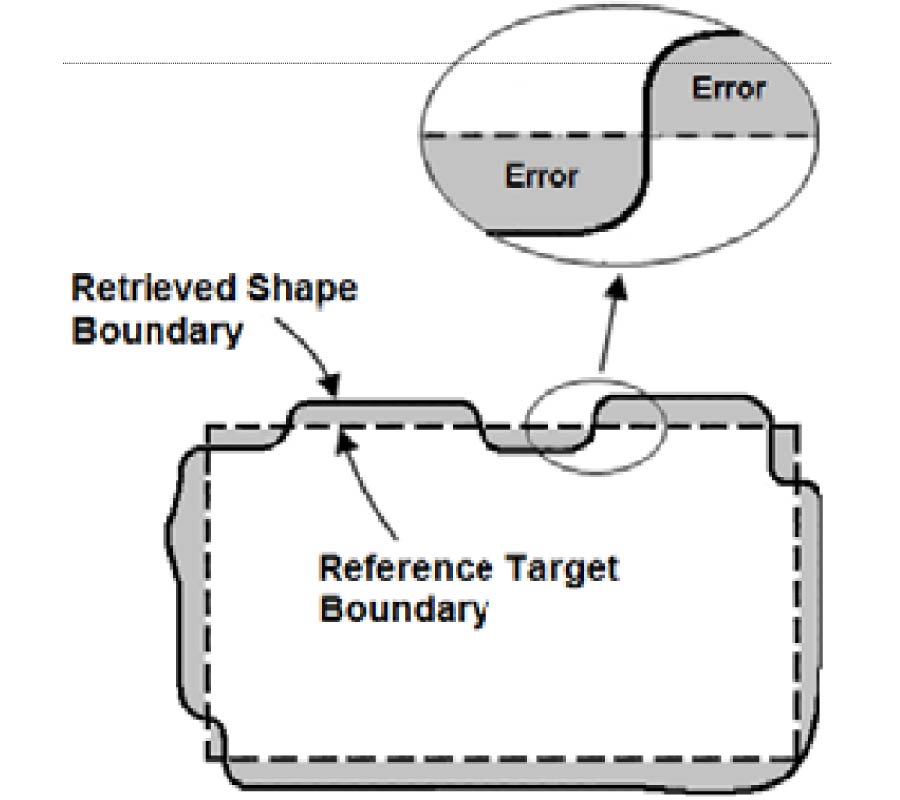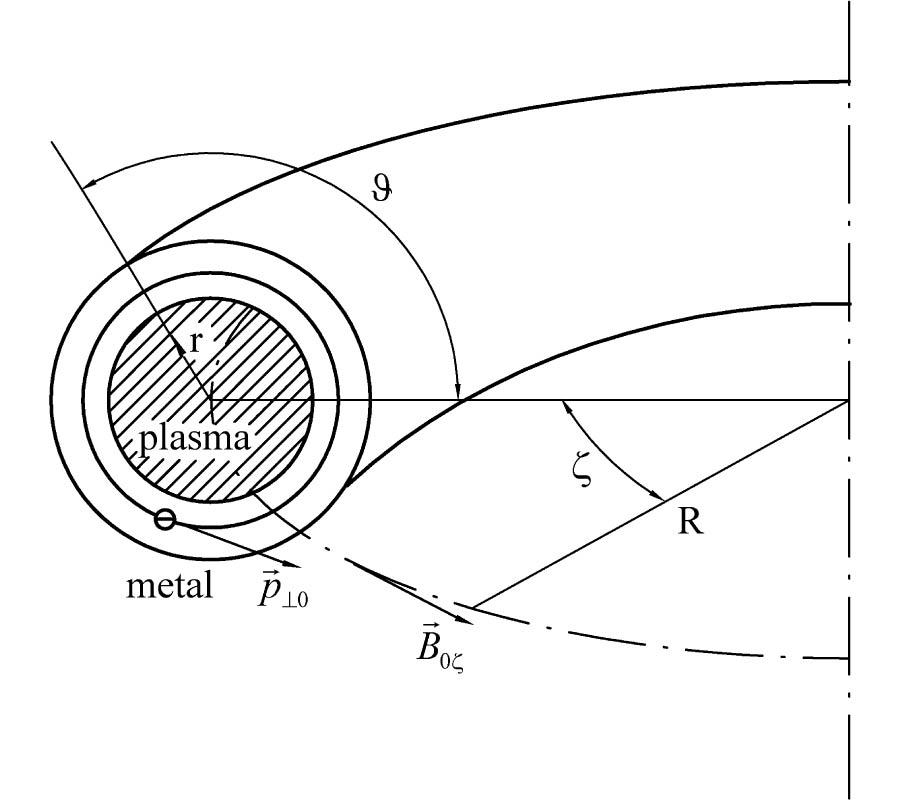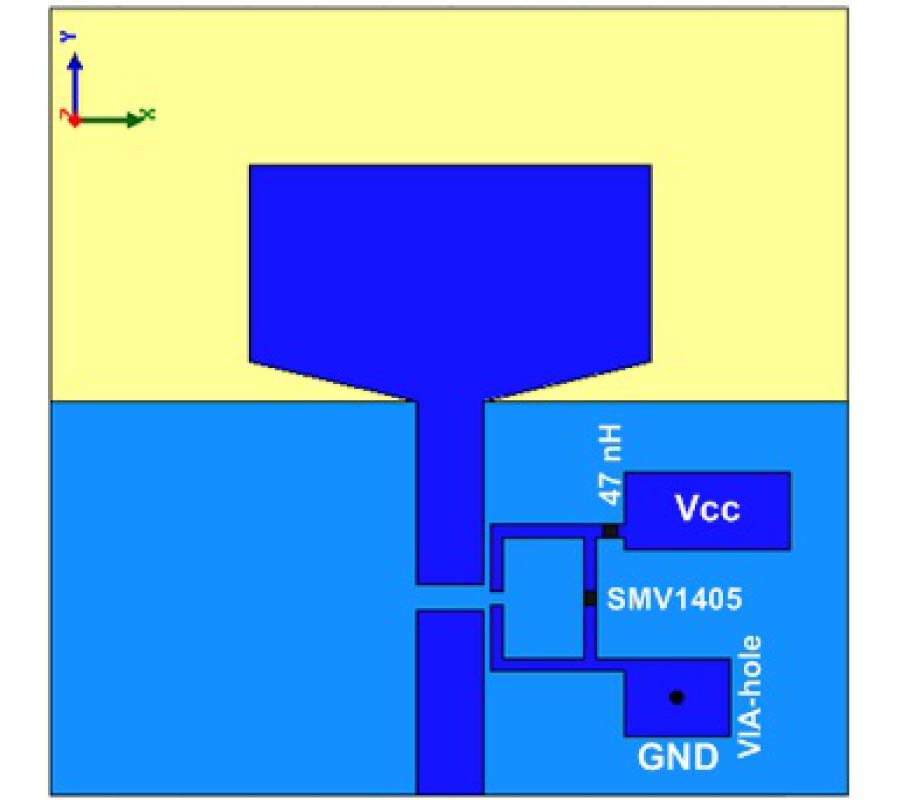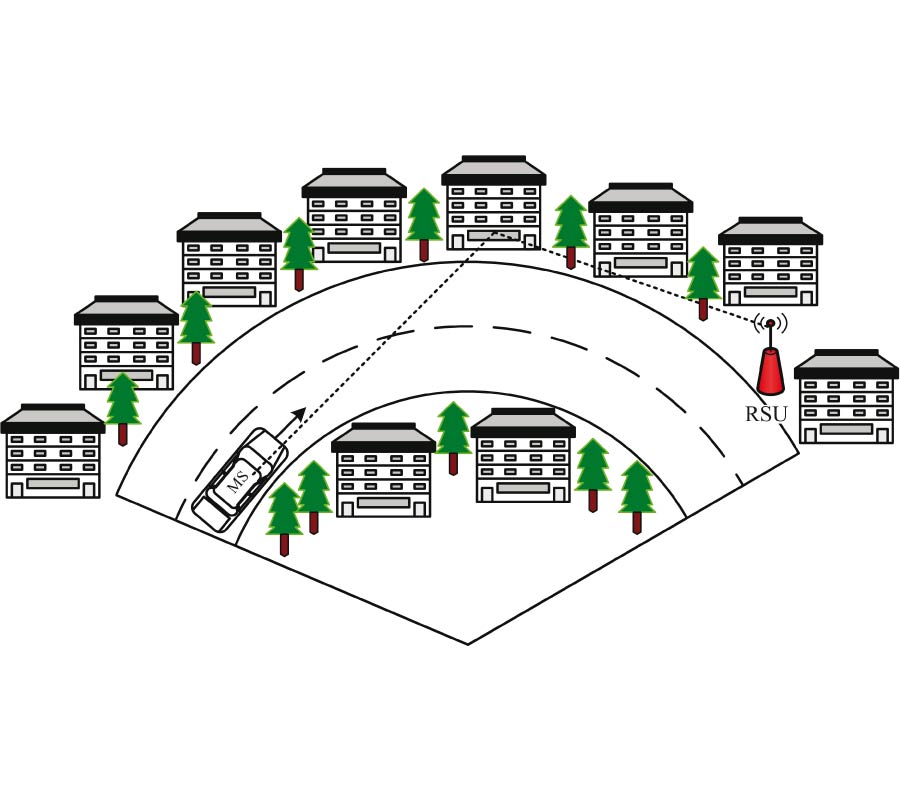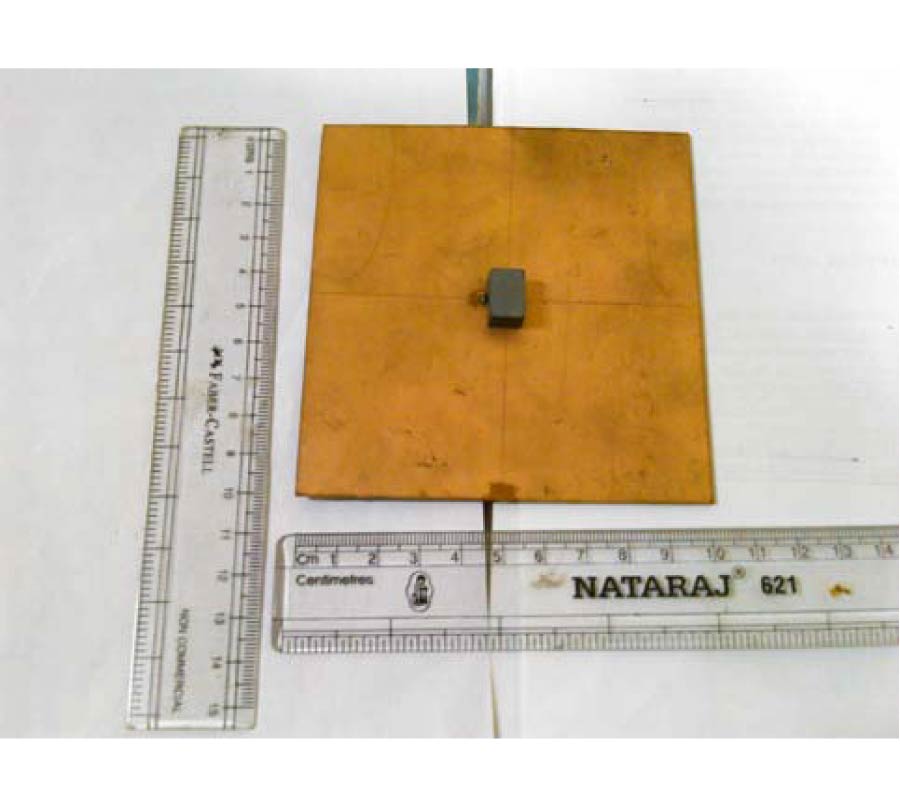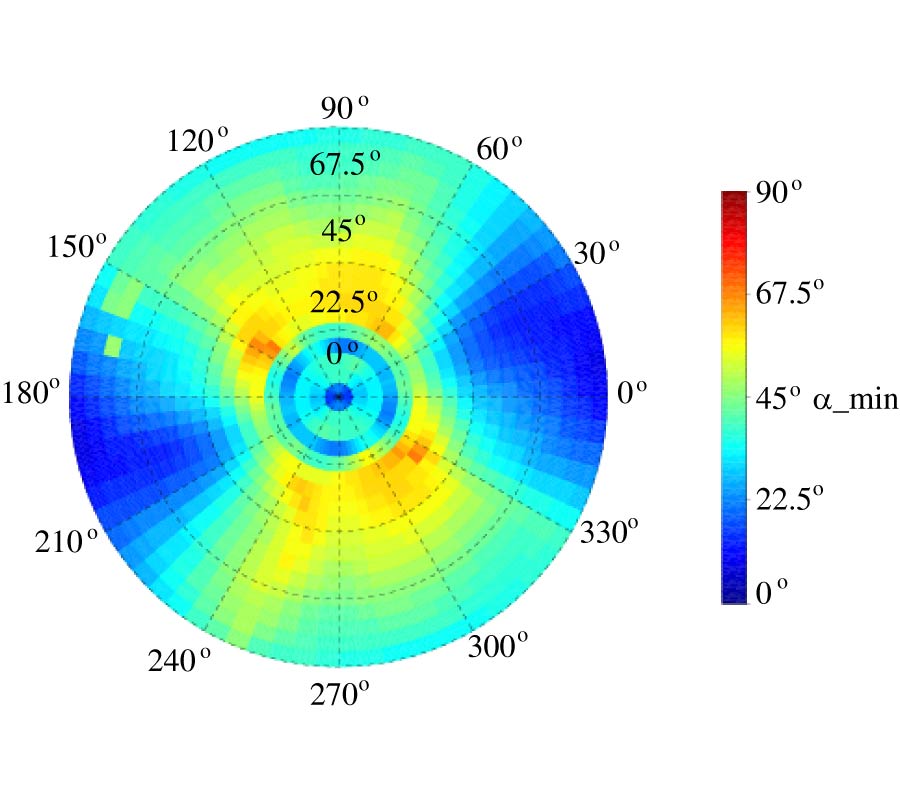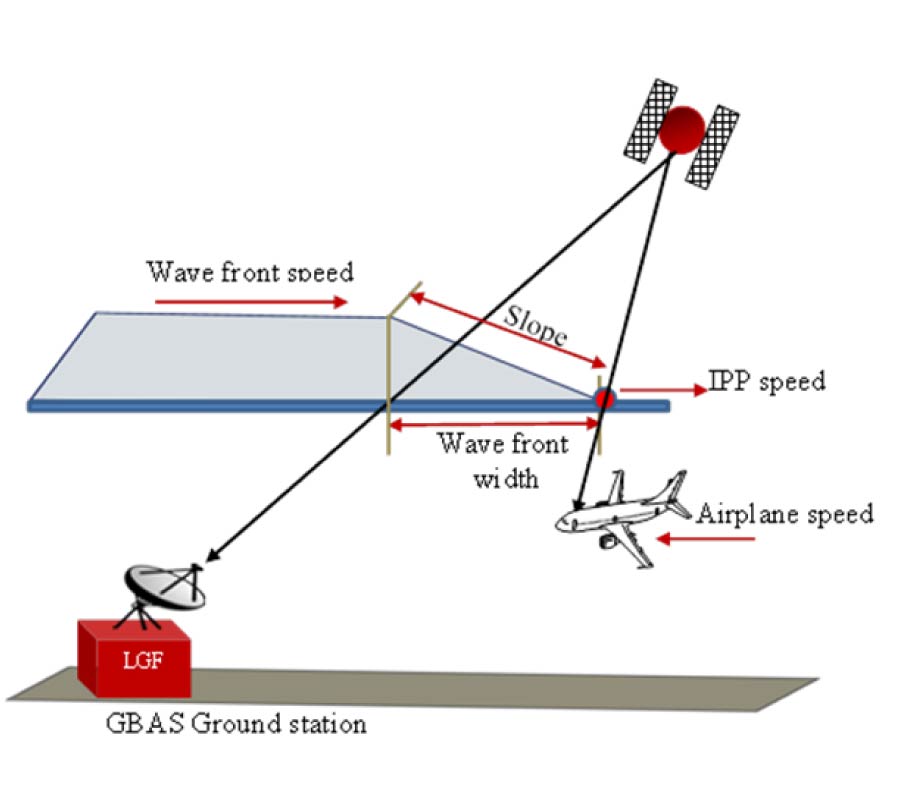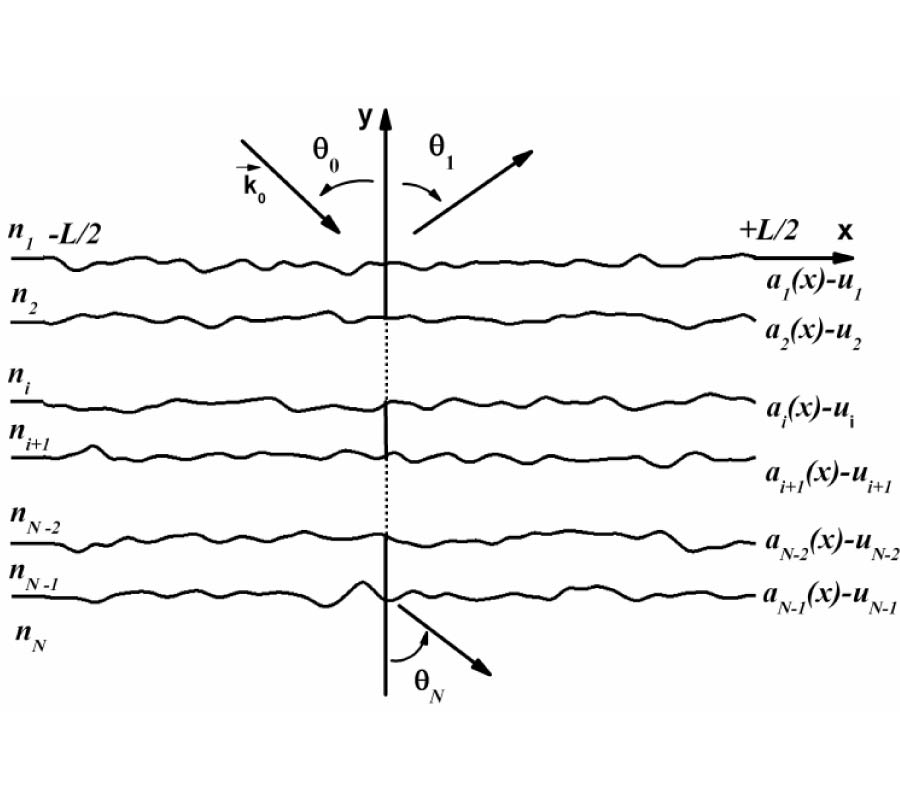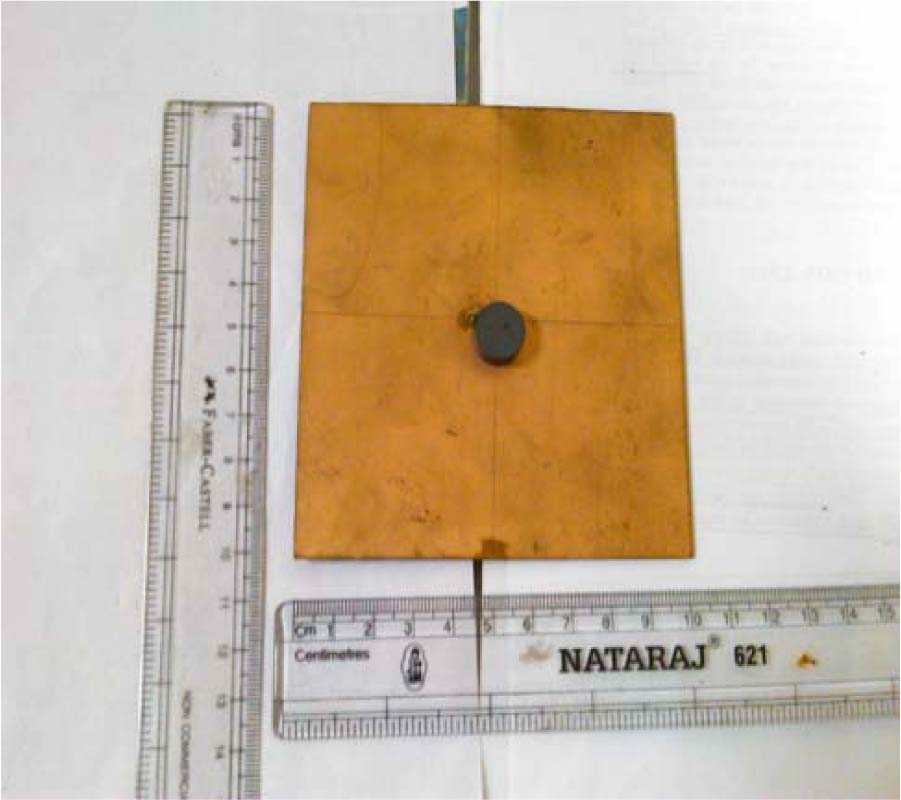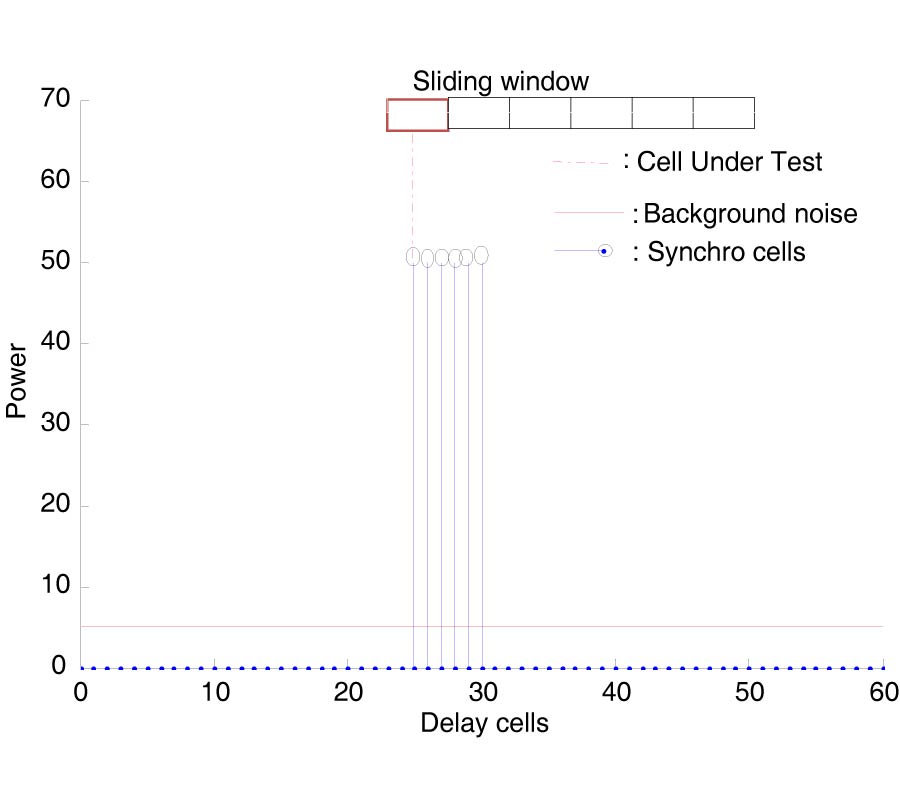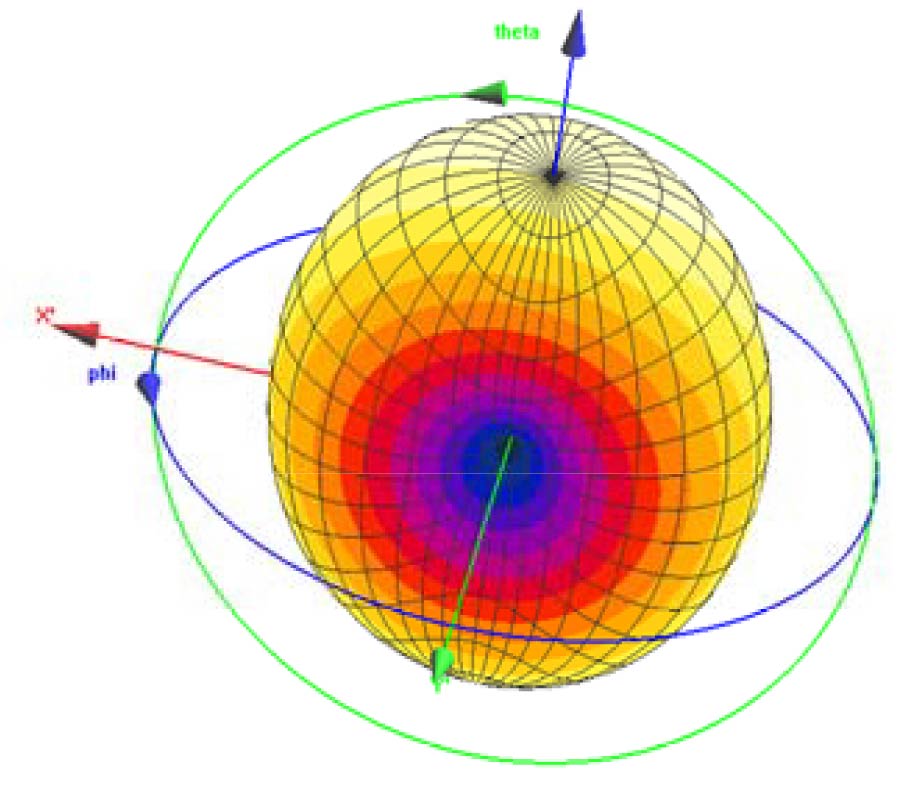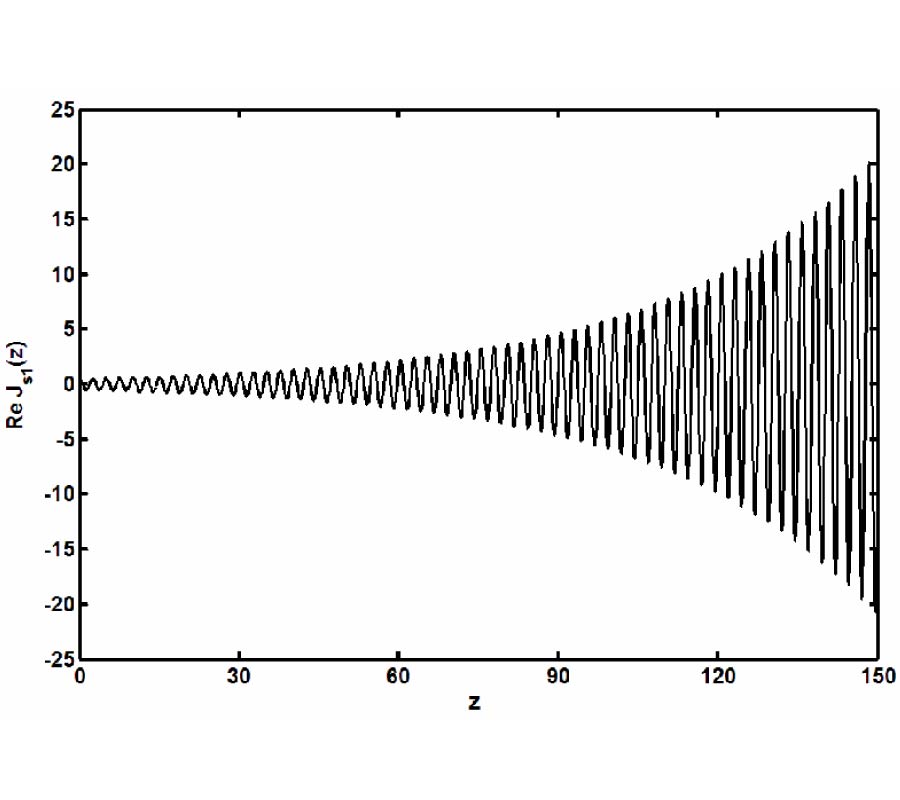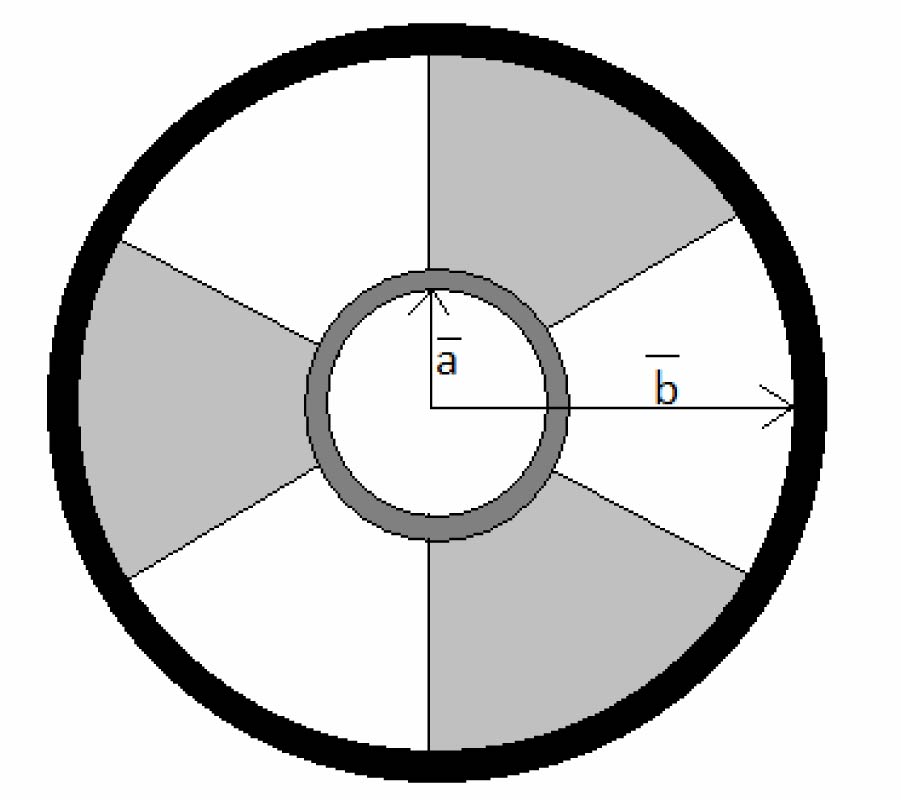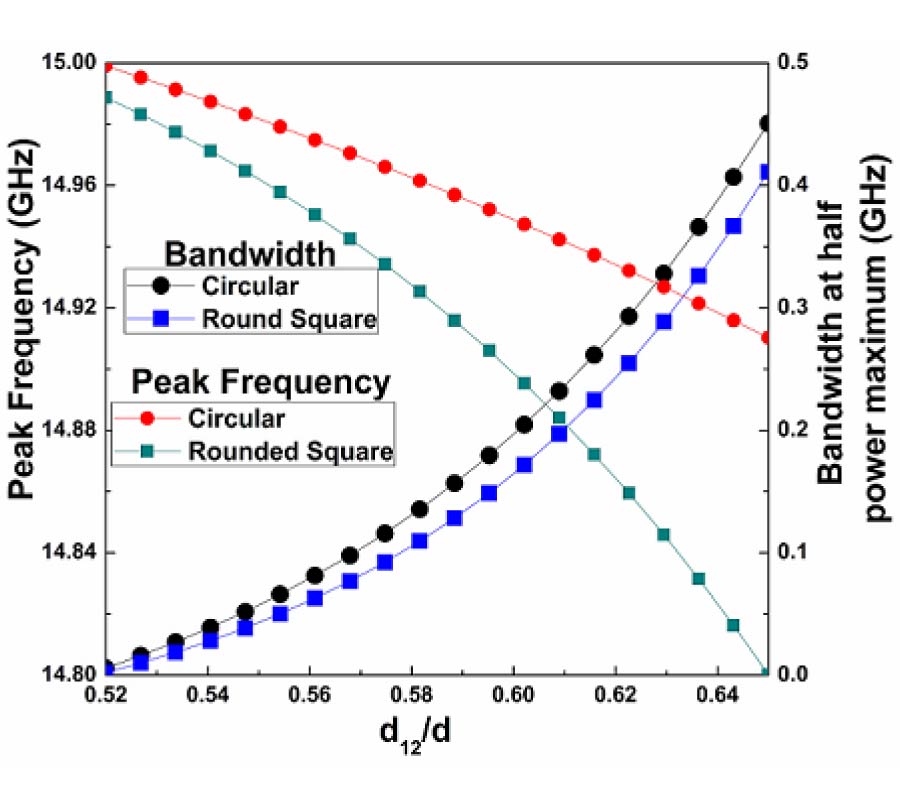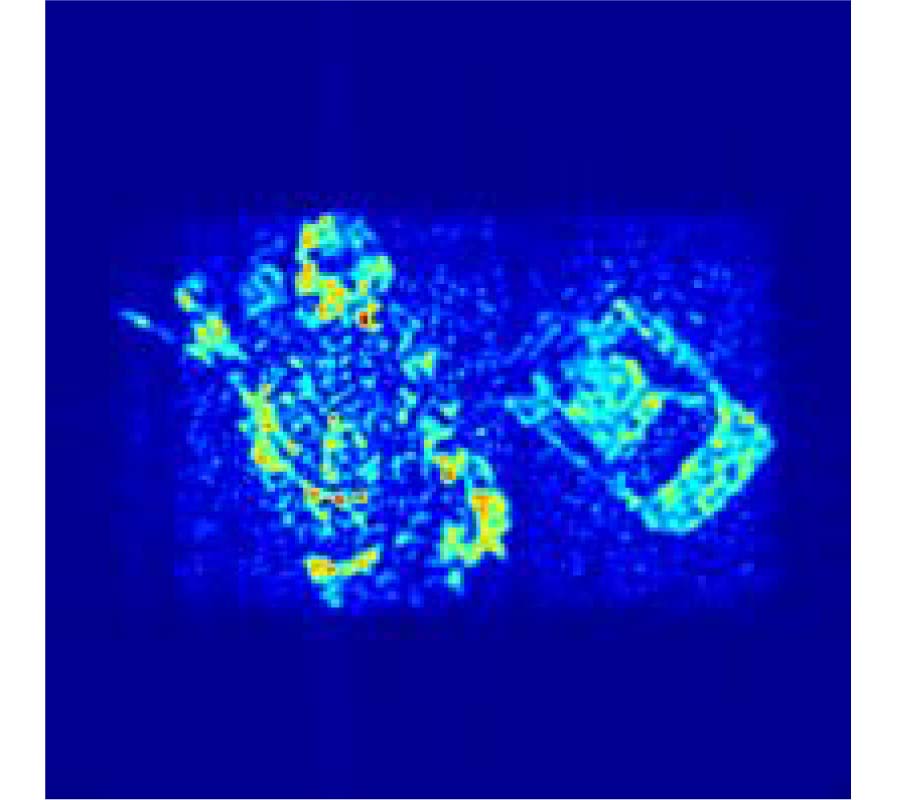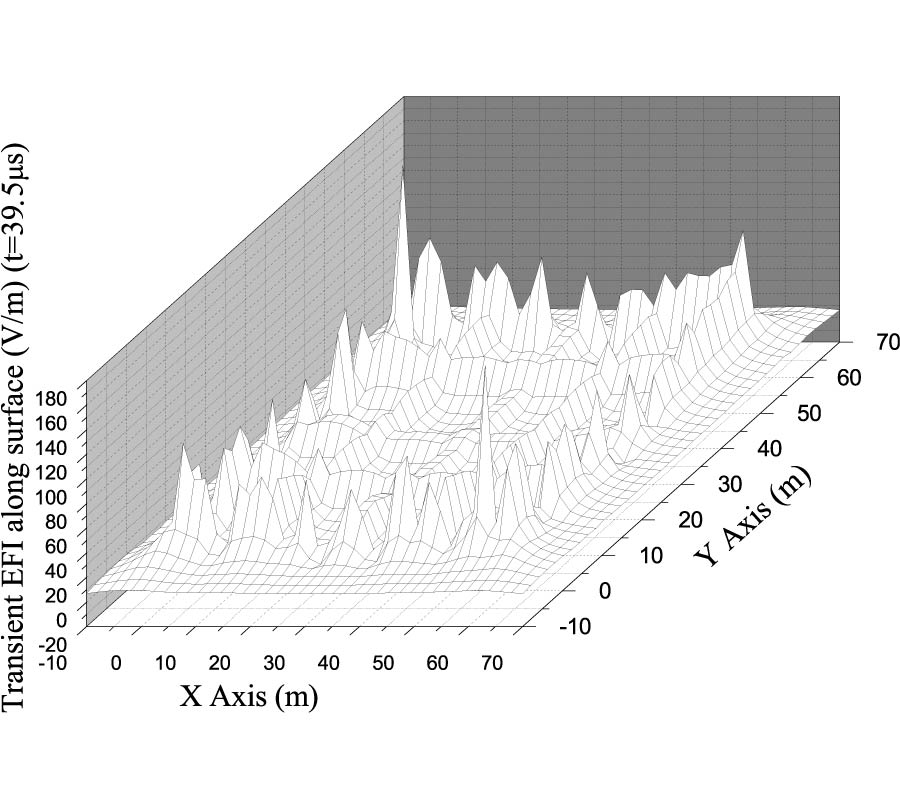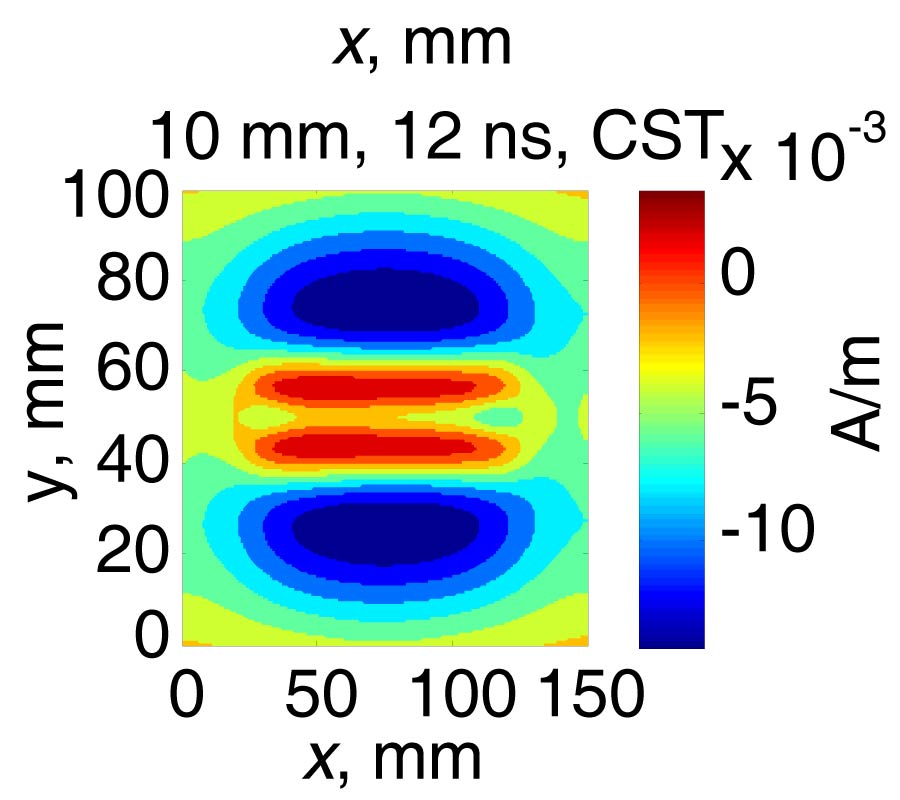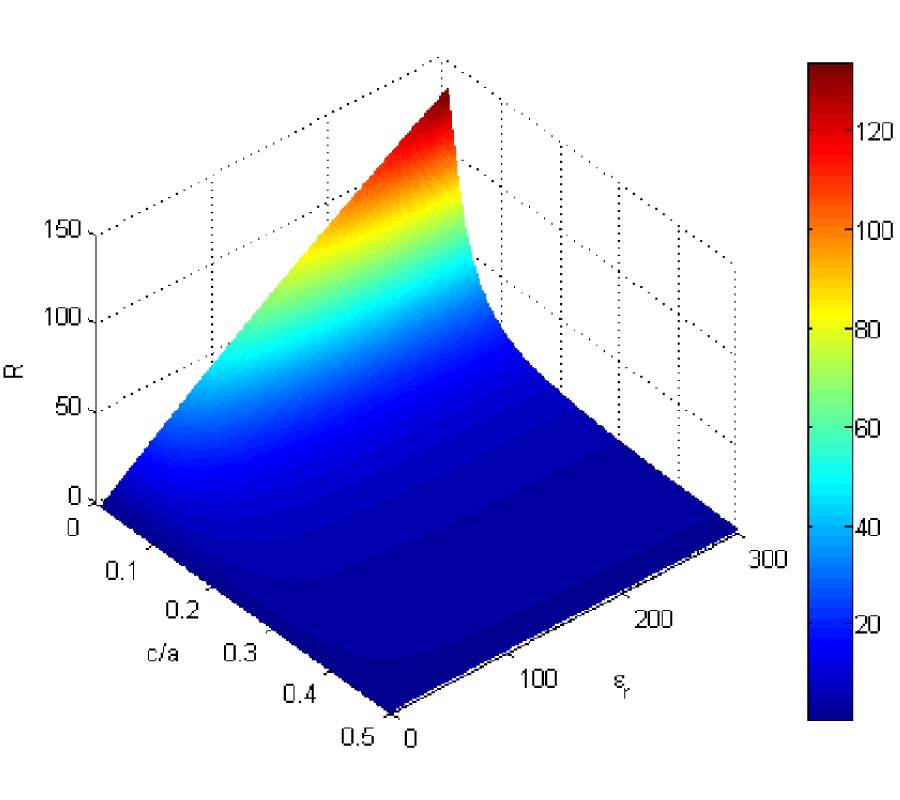Embedded Antenna for Metallic Handheld Communication Devices
Sangjin Eom,
Hosaeng Kim,
Maifuz Ali and
Seong-Ook Park
In this study, a quad-band folded slot antenna with a monopole feed line embedded in a conductive housing structure (the LCD bracket of a mobile phone) is proposed. The performance of the proposed antenna is evaluated through simulation and measurement, demonstrating that it can provide total radiation efficiencies of more than 40% in the EGSM900, DCS, PCS, and WCDMA1 bands. Over these four bands, the total radiated power (TRP) of a prototype mobile phone using the antenna is 28.5, 27.1, 27.5, and 21 dBm, respectively, while the total isotropic sensitivity (TIS) is 102.7, 104.3, 103.8, and 107.3 dBm, respectively; all of these values satisfy Cellular Telecommunication and Internet Association (CTIA) requirements for over-the-area-(OTA) testing standards. The radiation performance of the proposed antenna in the calling mode is tested and shown to be within satisfactory limits; similarly, the specific absorption rates (SARs) of the prototype mobile phone are also found to be within standard SAR limits.

